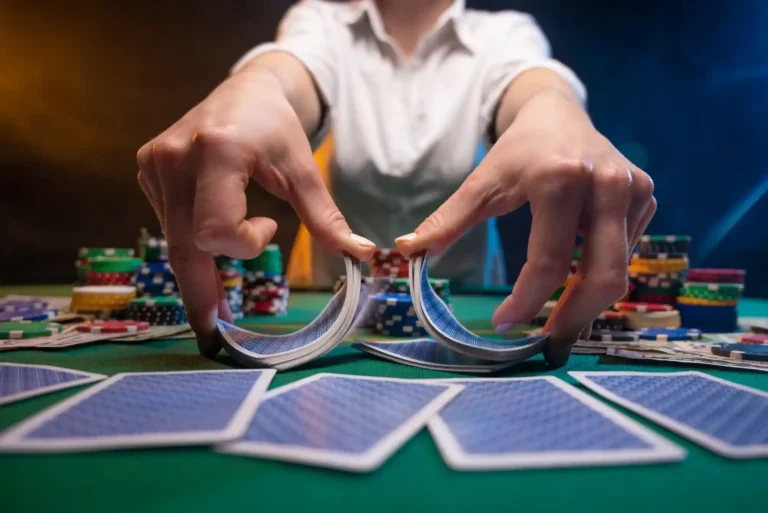If you’ve played online slots or any casino-style game with free spins or bonuses, you’ve probably encountered a frustrating situation: You finally land free spins, but after hitting a few retriggers, they just stop. Why? Why would a game limit retriggers on something that’s supposed to feel like a bonus? It seems counterintuitive at first, especially when you’re on a hot streak. But there’s more going on under the hood of these games than meets the eye. As someone who’s spent years in the iGaming industry and closely followed trends like crash games casino mechanics, I’ll break it down in a way that’s both player-friendly and industry-savvy.
Understanding Free Spins and Retriggers
Let’s start with the basics. Free spins are a type of bonus round in slot games that let you spin the reels without placing a bet. Retriggers happen when you land a specific combination (often three scatters) during your free spins, which gives you additional free spins. Sometimes you can retrigger once, twice, or even more, essentially extending your bonus round. It’s thrilling—every retrigger feels like a jackpot on its own.
However, many games cap these retriggers. Some allow only one retrigger per bonus round. Others might allow two or three. Rarely do you see unlimited retriggers anymore. And that’s not a coincidence.
The Business Side: RTP, Risk Management, and Game Design
At its core, this decision is tied to Return to Player (RTP) calculations and risk management. RTP is a theoretical percentage that represents how much of the total wagered money a game will pay back to players over time. For instance, if a game has a 96% RTP, it theoretically gives back $96 for every $100 wagered. This includes both base game wins and bonus features.
Now here’s where things get tricky. Free spins, especially retriggers, can massively inflate RTP—at least temporarily. A long string of retriggers can lead to disproportionate wins for a small percentage of players, which can skew the game’s balance and hurt the casino’s bottom line. When designing these games, developers simulate millions of spins to ensure the game behaves as expected. If retriggers are left uncapped, it becomes nearly impossible to control volatility.
Think of it like this: If a player manages to retrigger free spins five or six times, the payout potential climbs exponentially. That may sound great for players in the short term, but it can lead to abuse, or worse, break the game model. Developers often introduce retrigger limits to protect against these extremes.
Player Psychology and Retention
From a psychological standpoint, retriggers are addictive. When a game allows retriggers, especially early on, it creates a sense of hope and excitement that keeps players coming back. But unlimited retriggers can backfire. If a player wins big too often or too easily, they may stop playing entirely. There’s a delicate balance between providing an enjoyable experience and maintaining long-term player retention.
In fact, casinos and game providers invest heavily in player retention strategies. A game that pays too much too soon may fail to retain users in the long run. Limited retriggers introduce a sense of scarcity and pacing that keeps the player engaged while still offering the chance for decent payouts.
This is especially true in modern social casino games or gamified environments where the experience—not just the win—is what keeps players returning. The thrill of getting a retrigger becomes more valuable when you know it doesn’t happen endlessly.
How It Relates to Crash Games Casino Models
Let’s bring crash games casino into the conversation. If you’re unfamiliar, crash games (like Aviator or Bustabit) are a newer form of online gambling where players bet on a multiplier that increases over time. The catch? The multiplier can “crash” at any moment. The player must cash out before the crash to win. The longer they stay in, the higher the risk and potential reward.
This genre, although different from slots, shares some design philosophies—particularly around volatility and payout balance. Just as slots cap retriggers to avoid runaway payouts, crash games use algorithmic volatility to control how long a multiplier can go before crashing. If players could endlessly hold their bets without risk, the game model would break, just like in uncapped retrigger scenarios.
Crash games thrive on tension and uncertainty. That’s also what makes retrigger-limited free games appealing. It’s the anticipation. The tension. The possibility that “maybe just one more retrigger” could come your way.
Regulation and Fairness Standards
Another factor worth discussing is regulatory compliance. Gaming regulators in jurisdictions like the UK, Malta, and Sweden require game providers to ensure their games are fair, transparent, and within a specific volatility profile. Games with uncapped retriggers can create outcomes that appear “rigged” or suspicious to players, even when they’re not. To avoid disputes and ensure a consistent experience, developers often implement retrigger caps as part of the overall compliance strategy.
Additionally, retrigger limits are part of transparent game rules displayed in the paytable or game info section. When a player knows there’s a cap, their expectations are managed. This improves trust and prevents disappointment that could arise from unspoken limits.
Evolution of Slot Games and Player Expectations
The online casino world isn’t static—it’s evolving quickly. New mechanics and innovations are always emerging, and retrigger caps are just one example of how the industry adapts. For instance, many newer slots now use alternative bonus structures like cascading wins, increasing multipliers, expanding wilds, or pick-and-win features to keep players engaged. These methods offer different types of thrills and win opportunities without relying solely on retriggers.
Some developers even promote “non-traditional” free spins formats, where the bonus round has a fixed outcome with no retriggering possible. While that might sound like a buzzkill to old-school slot fans, it actually reflects a broader shift in how games are balanced and monetized.
Crash games casino formats also reflect this evolution. Rather than traditional reels and paylines, they focus on decision-making and player agency. It’s no longer just about hitting a lucky combination—it’s about when you decide to cash out. Retrigger limits in slots parallel this by subtly nudging players to appreciate the spin they’re on, rather than banking on infinite bonuses.
Final Thoughts: It’s About Balance
So, why do free games limit retriggers? Because unlimited retriggers—while exciting—don’t fit within the modern framework of game design, business logic, and player psychology. They’re capped for fairness, for sustainability, and for long-term engagement. Whether you’re spinning reels or watching a multiplier tick up in a crash games casino, it all boils down to controlled risk and engineered excitement.
As a player, understanding these mechanisms helps you enjoy the game for what it is—an entertainment experience, not a guaranteed payday. Knowing the “why” behind retrigger limits allows you to appreciate the strategy behind game design and perhaps even make smarter decisions with your gameplay time and bankroll.
The next time you hit a free spins bonus and wonder why it doesn’t retrigger endlessly, remember—it’s all part of the plan. Not to limit your fun, but to preserve it for the long run.
Let me know if you want a version of this article for publishing on a website (with internal links, CTAs, or HTML formatting).





